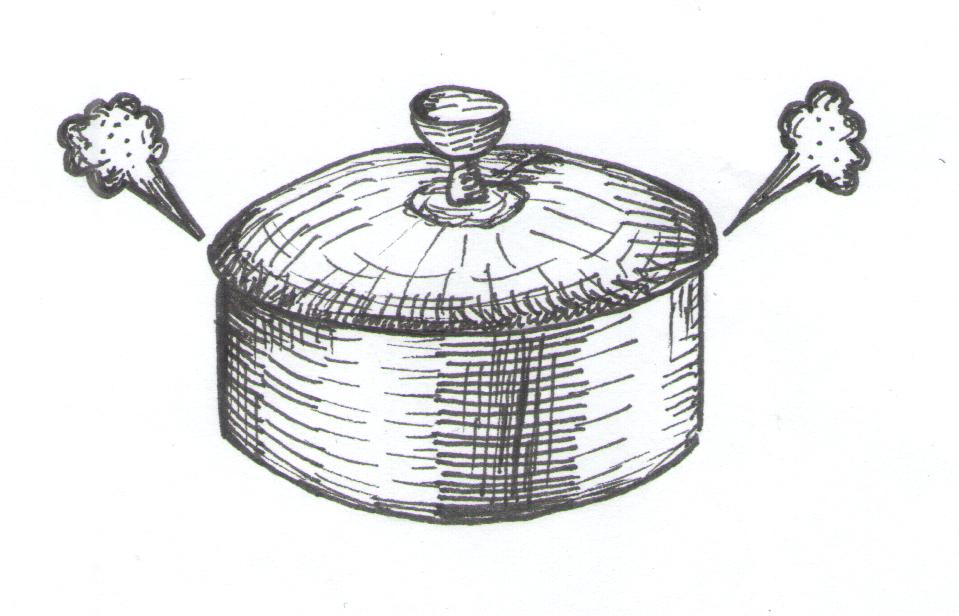
Years ago an argument with someone made me so angry that I struggled to sit still after the interaction. This was quite a while ago, and back then, I still had a punching bag in my backyard. I couldn’t get my mind off the incident so I went outside to throw some punches just to get all that anger out of me. There was an enormous amount of frustration and anger flowing through me while I was punching the bag, and by the end of ten or fifteen minutes, I felt completely spent. Not only was I exhausted, I also had a raging headache.
Venting makes you feel worse
We’re often advised by people around us to vent or blow off some steam when things get too much. I’ve personally tried many of these techniques, some of which included writing angry letters, screaming, hitting pillows, things of that nature. But in my experience, none of these techniques has ever brought long-term relief. In some cases, like my experience with the punching bag, I actually felt much worse afterwards. An exception to this would be if the venting technique catalysed some sort of release. The release would manifest in the form of crying or some shift in perspective or emotion. But my own sense is that venting, especially if there is no release, is a bad idea. And the reason is because it always makes you feel worse afterwards.
Shifting focus vs venting
Because I want to be thorough in these posts (as thorough as possible), I also want to mention that I distinguish between shifting focus from anger and venting. These are quite different in my opinion. For example, if you’re angry and you go for a walk in an attempt to gain perspective, and you actually manage to not go into mental loops about whatever it is that you’re angry about, you might feel better after the walk. That’s shifting focus. Shifting focus might not resolve the internal anger but it doesn’t make you feel worse afterwards. And that’s an important distinction because my own sense is that venting is probably detrimental to the body in ways that we might not understand or perceive directly. Shifting focus might be the best option in the moment if there really is no way to attend to our anger immediately. In other words, if there is no way to be with our anger mindfully for a extended period of time, we might just have to set it aside for a while. But if we want long-term relief from our anger, we need to attend to it immediately and “cook it”.
Cooking anger
In the previous post, I wrote about the insights that I’d gained from Thich Nhat Hanh’s Anger. I don’t want to repeat everything I wrote in that post; I just want to mention a few important points: Anger is a volatile and charged emotion so we should attend to it immediately and mindfully. Firstly, we should view it as a crying baby. A crying baby needs immediate attention. Secondly, we should view it as raw potatoes. Raw potatoes need to cook for a certain amount of time before it is transformed into something nutritional. Sitting with our anger for a substantial time is how we cook it. This is an act of turning inward with compassion and kindness. We’re not fighting against the emotion. We’re allowing it.
Being with our anger, allowing it, and holding it, is cooking it. That is the best thing we can do for our anger: cooking it. Not venting. Not distracting ourselves. Not suppressing the emotion. But cooking it. That is how we get long-term relief from it. Paradoxically, the hardest path is also the easiest path because when we decide to hold our anger peacefully, compassionately and mindfully, we begin to transform the emotion.